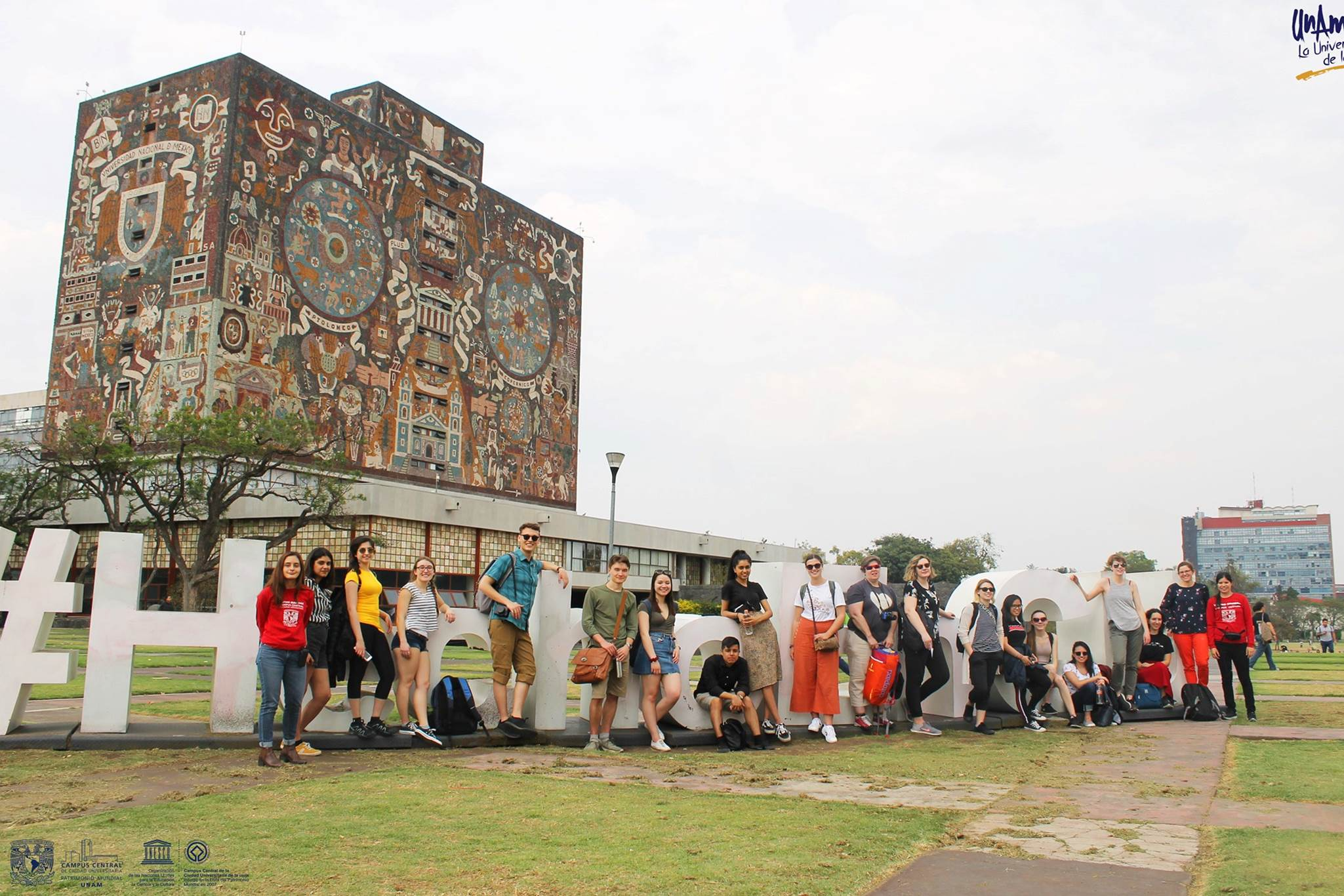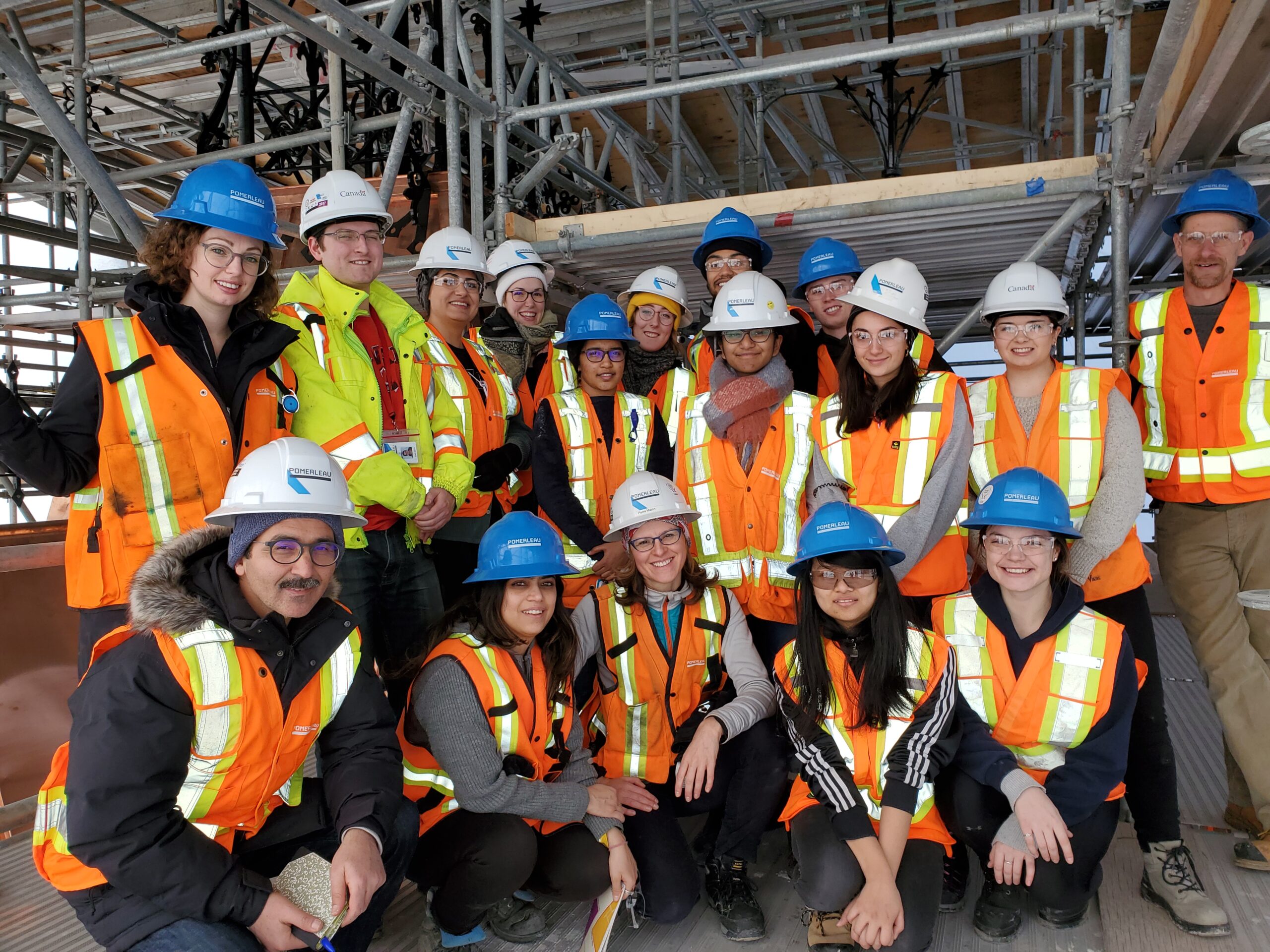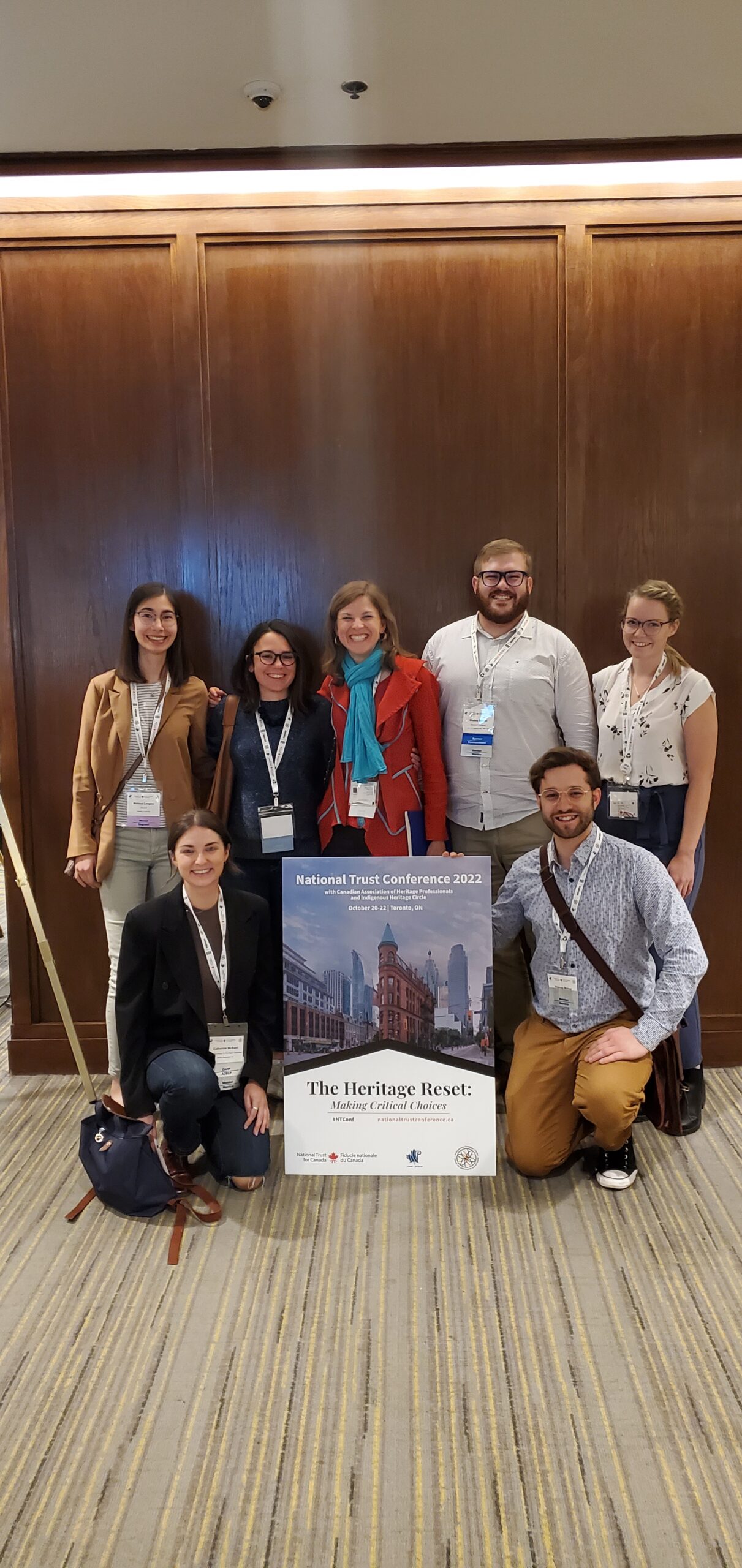Mariana Esponda – Conservation Architect and Adaptive Reuse Champion
Since the beginning of her career, Mariana Esponda has been entrenched in the world of Heritage and Adaptive Reuse. Inspired by her parents, two conservation architects themselves, Esponda reflects, “I was always surrounded by Heritage. It was embedded in my roots.”
Receiving her MArch at UNAM (Universidad Nacional Autónoma de México), one of her earliest experiences was conducting condition assessments for the adaption of the former College of San Ildefonso (a former Jesuit school considered to be the birthplace of the Mexican muralism movement) into a museum and cultural centre.
However, the devastating effects of two magnitude-7 earthquakes that hit Mexico in June and then September of 1999, damaging almost 2,200 historic structures, catalyzed her work in heritage conservation. “The damage of these earthquakes sparked the importance of not just working with heritage buildings, but how to protect them, so I decided to pursue my PhD around this problem.” Esponda received her PhD from the University of Catalonia, writing her thesis on the mechanical, physical and thermal incompatibility that reinforced concrete has as a restoration technique for heritage buildings in Spain and Mexico.

Dr. Esponda with Carleton students at UNAM in May 2019.
Following her PhD, Dr. Esponda worked as a conservation architect on a variety of impressive structures in and around Catalonia, from first-century aqueducts to Art Nouveau facades. But it was an adaptive reuse project of the Paller D’Antonet, a vernacular structure in the Pyrenees village of Llavorsí that she speaks of with the most pride: “Because it was a vernacular building, I had to do my research through speaking with community members, and through this research, I started learning a lot about the history of the building, its relationship with the landscape, and just how important it was to the community.” Originally constructed around the 17th century as a barn and residential building, the Paller d’Antonet was adapted into the headquarters of the Natural Park of the High Pyrenees.

Dr. Esponda with students at 635 East Block site visit.
Since 2008, Esponda has applied her expertise to Canadian heritage conservation and adaptive reuse as a Full Professor with the Azrieli School of Architecture and Urbanism at Carleton University, one of the few professors of Conservation Architecture in Canada. She is also the Research Chair of the Adaptive Reuse for a Sustainable Future research cluster at Carleton University, one of 14 clusters part of the SSHRC partnership grant on Quality in Canada’s Built Environment. Now in its third year, Esponda’s cluster researches the “definition, prevalence, and impacts of adaptive reuse as it pertains to quality in the built environment” and is taking a comprehensive approach to adaptive reuse in the Ottawa area, by developing an inventory of case studies including vacant and underutilized buildings like offices, sacred buildings, and industrial buildings.[1]

Dr. Esponda and former students at the National Trust 2021 Conference.
In Esponda’s words, “In a time when we are facing social challenges, including a global housing crisis, increased loneliness, and desolate downtown cores, adaptive reuse projects offer opportunities for revitalization and innovative solutions. By understanding the detrimental effects vacant buildings have on our communities and learning from successful adaptive reuse projects, our team aims to develop key guidelines that promote the preservation and repurposing of existing buildings. These guidelines will emphasize heritage preservation, equitable environments, accessibility, and sustainability.”
[1] SSHRC Partnership: Quality in Canada’s Built Environment (2022-2027). “Annual Reports From the 14 Research Sites 2022-2023.” Edited by Jean-Pierre Chupin, PhD: pp 24. https://crc.umontreal.ca/wp-content/uploads/2023/08/EN_ANNUAL-REPORTS-COMPILATION_22-23.pdf.


